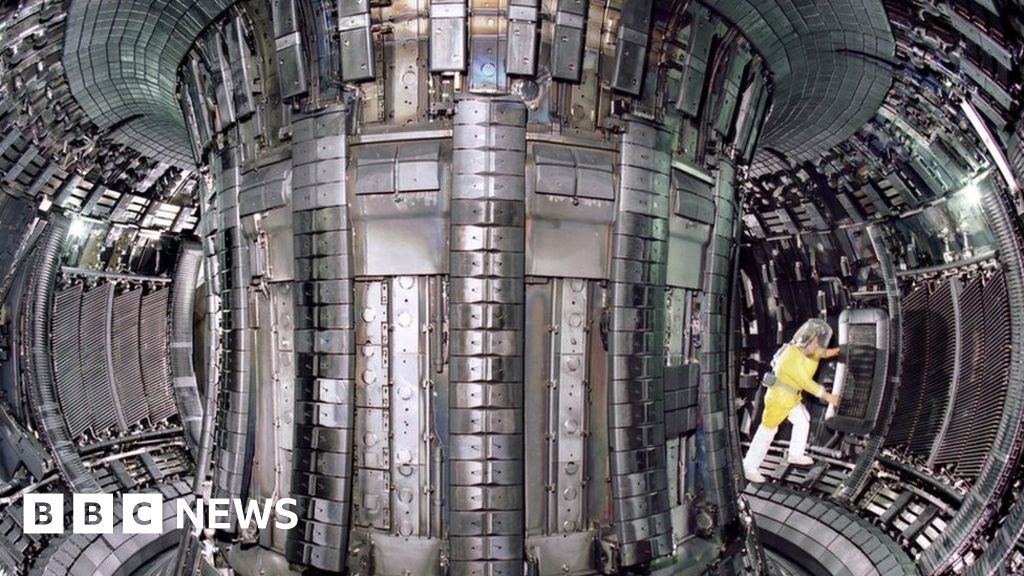- cross-posted to:
- [email protected]
- [email protected]
- cross-posted to:
- [email protected]
- [email protected]
What a bummer! In 10 more years they would’ve achieved fusion
Reminded me of that miner analogy
They only needed to try one more time TBH
This was a joke if anyone didn’t catch that.
If UK is going to go it’s own way, I don’t see why they don’t just keep the reactor going. Not that going it’s own way seems very sensible anyway.
I mean we’re increasing restrictions on solar and some fairly high profile politicans are talking about the lost benefits of oil and coal so… I’m pretty sure going our own way involves some kind of reversion to steam power medicine based on the four humours.
Nah, the Tories plan on burning poor people this winter, they’ll lure them in by promising they’ll be warm for the rest of their lives.
But what about the vapors?
This is the best summary I could come up with:
Barry Green recounts the moment in June 1983 when the JET fusion laboratory in Oxford undertook its first experiment.
The chosen model was tokamak, which uses magnetic fields to confine the plasma - a hot, ionised gas - inside a vessel.
And the hope of producing enough energy to power homes remains a long way off - 59 MJ is only enough to boil about 60 kettles’ worth of water.
Joelle Mailloux is the JET science programme leader overseeing the third round of deuterium-tritium experiments which end on Saturday.
She says the key challenges they are focusing on are making the plasma more stable, spreading the power load and looking at improving materials in the reactor to withstand the conditions.
Paul Methven, STEP programme director at the UK Atomic Energy Agency, told the BBC: "On endeavours like this, you need to be simultaneously really ambitious and also realistic.
The original article contains 664 words, the summary contains 148 words. Saved 78%. I’m a bot and I’m open source!



